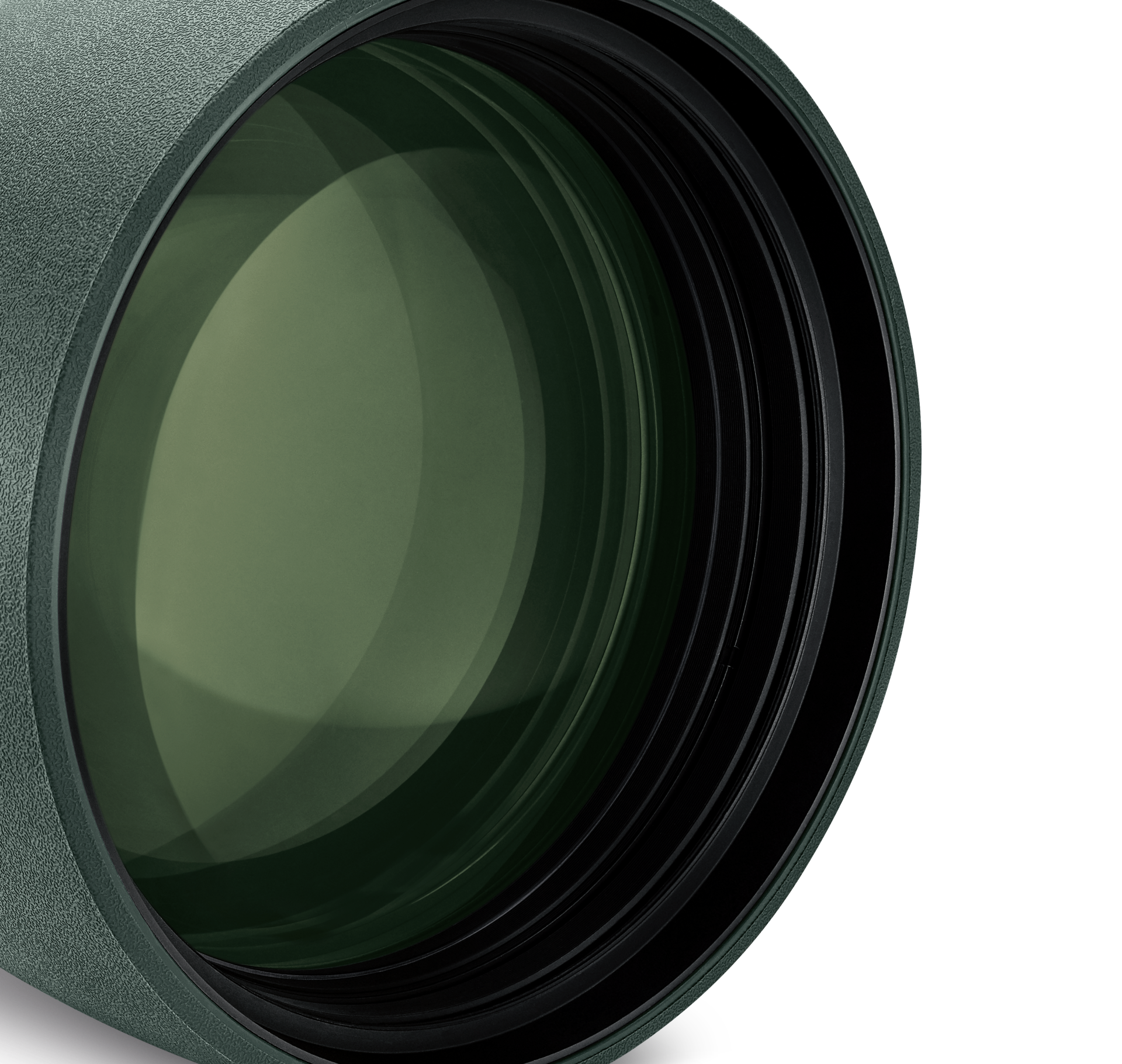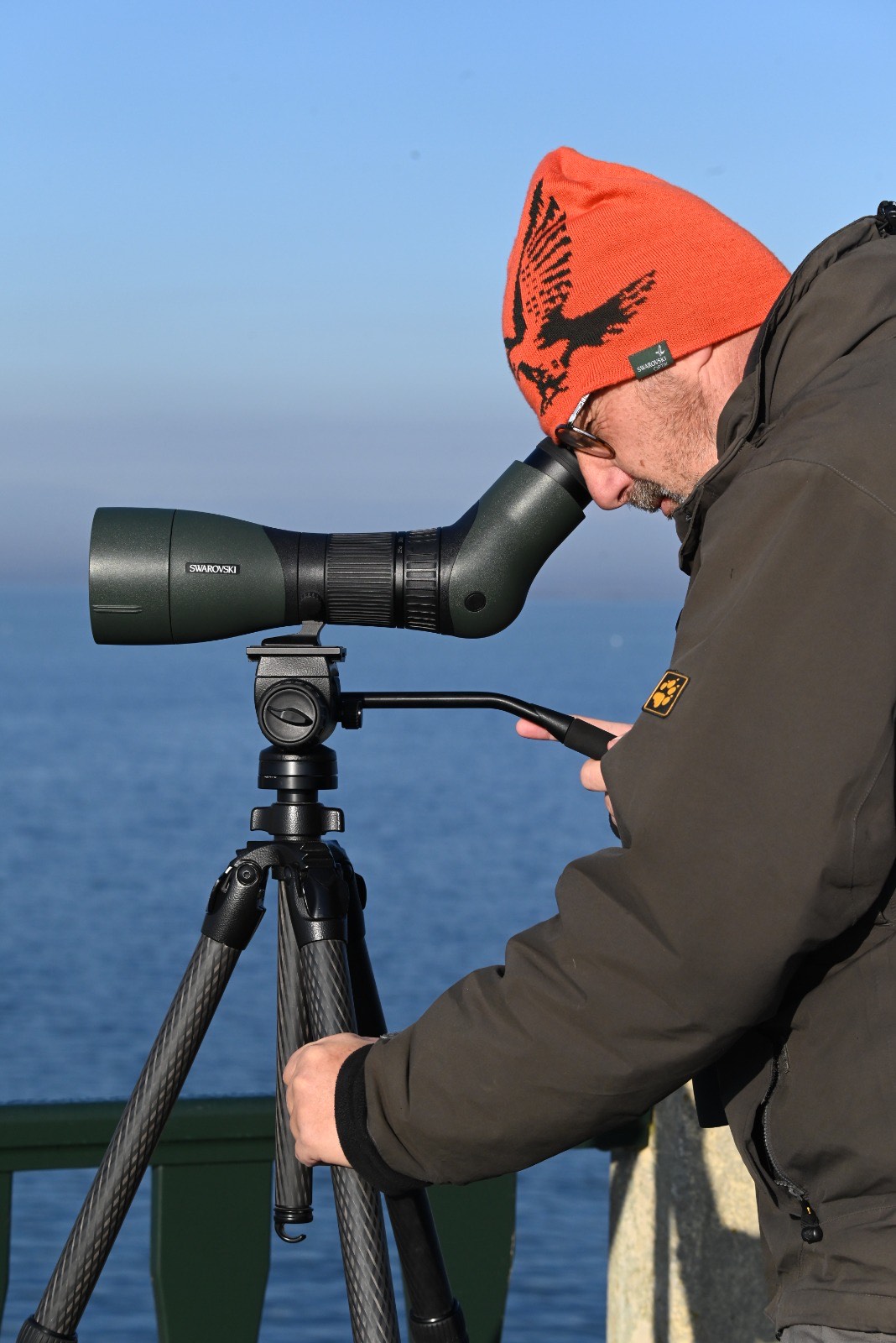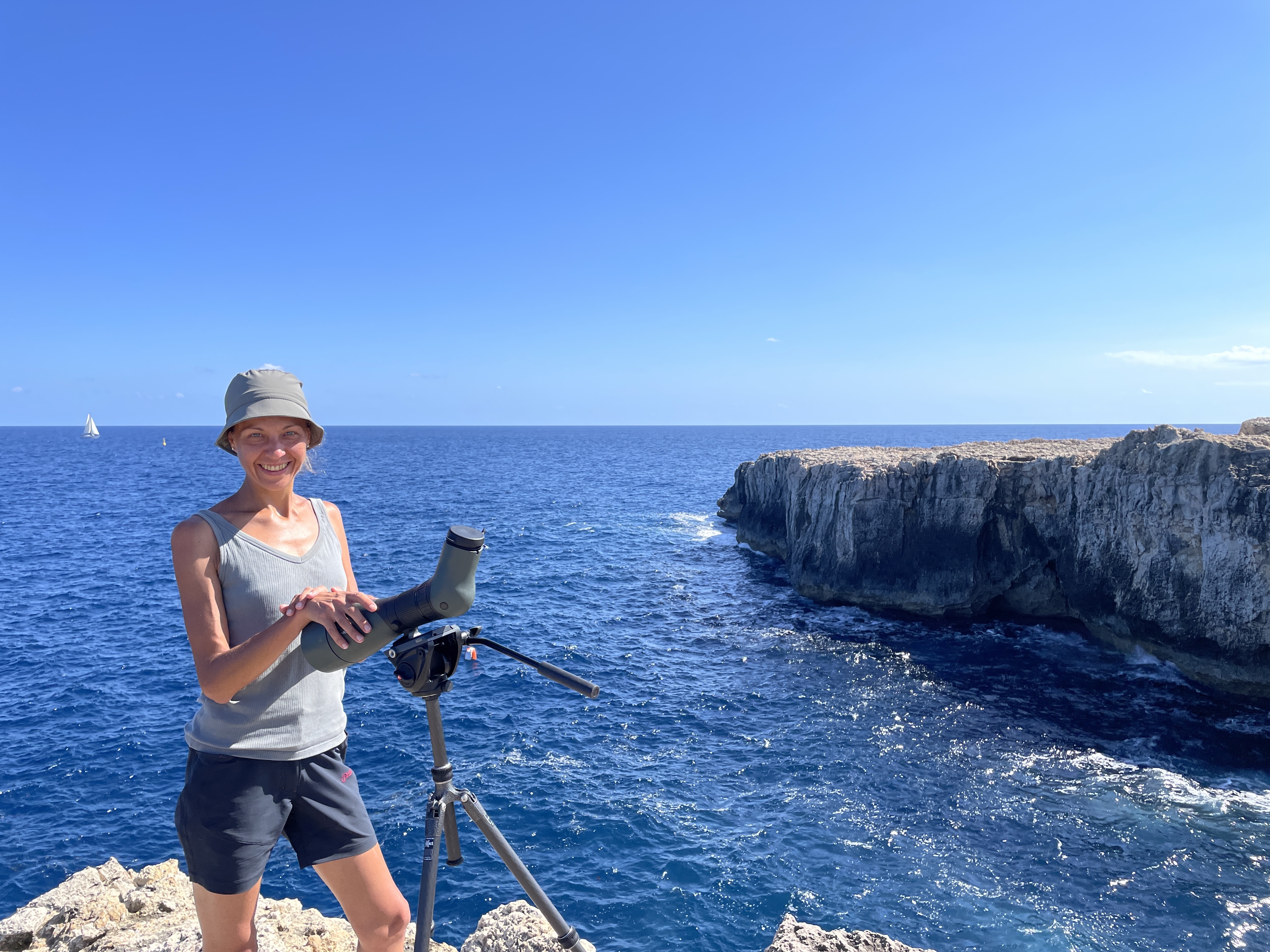
ATX eyepiece module
With its angled view, the ATX eyepiece module helps you to comfortably seek out your target. It also makes long-range observation significantly easier, especially when your subject is located in the sky, in a tree, or on a hill.
Menu
Products
Intended use
Service


Product & Technical Services, Tips & Care, Tutorials, Downloads, Declarations of conformity

With its angled view, the ATX eyepiece module helps you to comfortably seek out your target. It also makes long-range observation significantly easier, especially when your subject is located in the sky, in a tree, or on a hill.
With its angled view, the ATX eyepiece module helps you to comfortably seek out your target. It also makes long-range observation significantly easier, especially when your subject is located in the sky, in a tree, or on a hill.
 ATX eyepiece module
ATX eyepiece moduleMy father taught me to recognize birds when I was a child, and he used a Swarovski binocular that he later gave to me. Since that day, I’ve always used products from this brand—I consider it "part of the family." I used to use them as a hobby, now for work. Since I was a child, I’ve been fascinated by animals and the environments they live in. I’ve always been interested in birds, and eventually, it became my job. I study birds in the Venice Lagoon and the Po Delta. I’m fascinated by their migrations. I collect data on ringed birds, and thanks to the ATX, I read over 400 rings a year.
Mio padre mi ha insegnato da piccolo ha riconoscere gli uccelli ed usava un binocolo Swarovski che successivamente mi ha regalato, da quel giorno ho sempre usato i prodotti di questa marca, la considero "di famiglia". Prima li utilizzavo per hobby ora per lavoro. Fin da piccolo mi attraevano gli animali e gli ambienti dove vivevano. Mi sono interessato agli uccelli da sempre. Poi è diventato un lavoro. Studio gli uccelli nella Laguna di Venezia e nel Delta del Po. Sono affascinato dalle migrazioni che compiono. Raccolgo dati sugli uccelli marcati con anelli, grazie all' ATX leggo oltre 400 anelli l'anno.

I chose the NL Pure binocular and the ATX spotting scope for long-range observations as they allow me to appreciate all details and can be easily connected to camera and phone to create memories when birdwatching. I find both products perfect also for limited light conditions as they allow me to see more in every situation without interfering with birds.
Being in the wilderness allows me to recharge and to give a different meaning of life. Observing the endurance and the resilience of living things gives me a completely different perspective of my struggles. I really care about wilderness, and I strongly believe human beings have a great responsibility to protect and respect it as we are just a little fragment of it.
I chose the NL Pure binocular and the ATX spotting scope for long-range observations as they allow me to appreciate all details and can be easily connected to camera and phone to create memories when birdwatching. I find both products perfect also for limited light conditions as they allow me to see more in every situation without interfering with birds.
Being in the wilderness allows me to recharge and to give a different meaning of life. Observing the endurance and the resilience of living things gives me a completely different perspective of my struggles. I really care about wilderness, and I strongly believe human beings have a great responsibility to protect and respect it as we are just a little fragment of it.

Zoom slightly sluggish
At 60x-70x magnification, it gets difficult to view due to reduced field angle.
I’ve ran Vortex and Leopold spotting scopes and hands down Swarovski is the best in glass, smoothness of adjustments, and low light visibility.
I had the STX eyepiece but wanted the option of using the ATX. It was so easy to swap the eyepieces and the quality of the optics is excellent. I’m looking forward to using this new eyepiece to follow raptors in flight!
 Customer ServiceMO - TH 8:00 - 17:00 AND FR 8:00 - 12:0000800 3242 5056customerservice@swarovskioptik.com
Customer ServiceMO - TH 8:00 - 17:00 AND FR 8:00 - 12:0000800 3242 5056customerservice@swarovskioptik.com